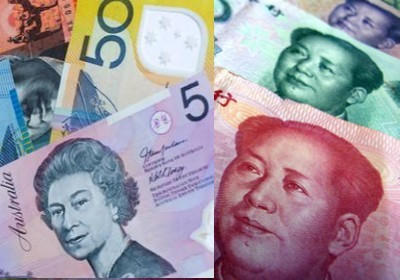Aussie dollar firm despite weak jobs data as greenback slips further

The Australian dollar stayed firm despite weaker than expected employment data as investors looked at the healthy long-term trend of the Australian job market while broad greenback weakness aided.
The AUD/USD slipped to 0.7923 immediately after Thursday's (7 May) labour market data but soon rebounded to 0.8007 compared to the previous close of 0.7967. The pair had traded above the 0.80 mark on Wednesday as well before closing lower.
Traders said uncertainty surrounding the UK election is another factor weighing on major currencies as broad pound reaction to the election outcome could filter through to the rest of the forex world.
Australian employers had downsized their payrolls by 2,900 in April after having added 48,200 jobs in the previous month. The market was prepared to see the change falling to 5,000 job additions but the decline came as a big negative surprise. The unemployment rate rose to 6.2% in line with expectations from 6.1%.
Analysts said the April data could be a one-off figure as the numbers sometimes show volatility. They added that Australia had seen employment rising by 40,000 over the past six months, which is a reasonably strong long-term trend.
Data overnight from the US was dollar negative with the ADP saying private employment addition had fallen to 169,000 in April from 175,000 of March against the market consensus of an increase to 200,000. The non-farm productivity rate improved to -1.9% from -2.1% but analysts had been expecting a better -1.8%.
The USD index fell to 94.01 on Thursday from the previous close of 94.13. It had dropped to a near three-month low of 93.88 on Wednesday which is just a shade away.
After the UK elections on Thursday, all eyes will be on Friday's US non-farm payrolls which will provide more cues amid rising speculation that the world's largest economy is likely to postpone its shifting to the tightening mode.
© Copyright IBTimes 2025. All rights reserved.




















